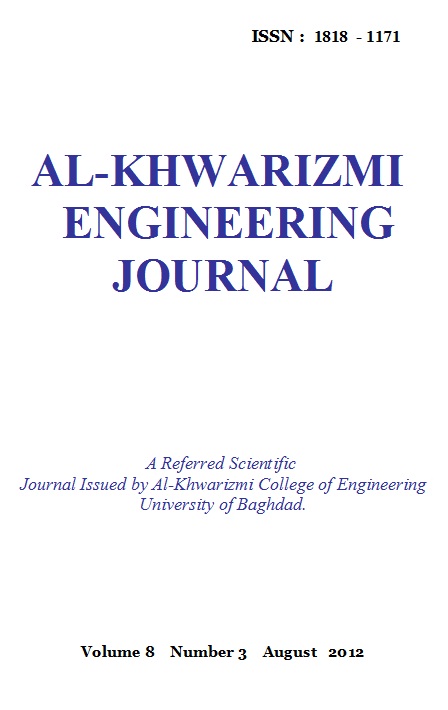Sub–Nyquist Frequency Efficient Audio Compression
Keywords:
Sub-Nyquist Sampling, Compressive Sampling, Compressed Sensing, Nonlinear Reconstruction, Random MatricesAbstract
This paper presents the application of a framework of fast and efficient compressive sampling based on the concept of random sampling of sparse Audio signal. It provides four important features. (i) It is universal with a variety of sparse signals. (ii) The number of measurements required for exact reconstruction is nearly optimal and much less then the sampling frequency and below the Nyquist frequency. (iii) It has very low complexity and fast computation. (iv) It is developed on the provable mathematical model from which we are able to quantify trade-offs among streaming capability, computation/memory requirement and quality of reconstruction of the audio signal. Compressed sensing CS is an attractive compression scheme due to its universality and lack of complexity on the sensor side. In this paper a study of applying compressed sensing on audio signals was presented. The performance of different bases and its reconstruction are investigated, as well as exploring its performance. Simulations results are present to show the efficient reconstruction of sparse audio signal. The results shows that compressed sensing can dramatically reduce the number of samples below the Nyquist rate keeping with a good PSNR.
Downloads
Downloads
Published
Issue
Section
License
Copyright: Open Access authors retain the copyrights of their papers, and all open access articles are distributed under the terms of the Creative Commons Attribution License, which permits unrestricted use, distribution, and reproduction in any medium, provided that the original work is properly cited. The use of general descriptive names, trade names, trademarks, and so forth in this publication, even if not specifically identified, does not imply that these names are not protected by the relevant laws and regulations. While the advice and information in this journal are believed to be true and accurate on the date of its going to press, neither the authors, the editors, nor the publisher can accept any legal responsibility for any errors or omissions that may be made. The publisher makes no warranty, express or implied, with respect to the material contained herein.












